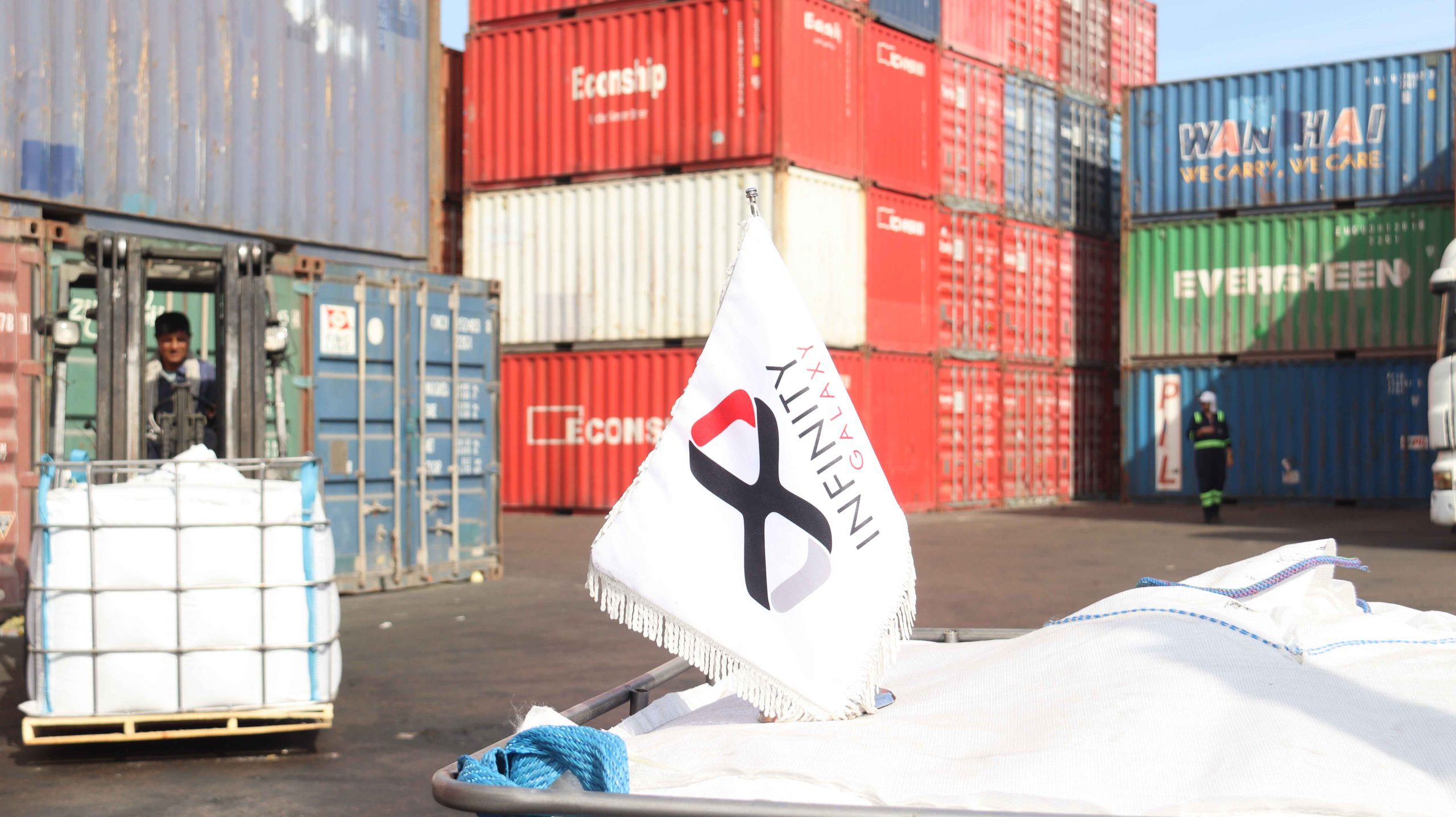Weekly Bitumen Report: Market Recession and Contradictory Opinions about Future

The inflation in the United States is decreasing and Federal Reserve might stop the increase of interest rate within the next month. Hence, US dollar value should follow a downtrend. Still, some of the analysts believe that some factors will affect the 2% improvement of USD index against other currencies. One of these factors is the worries about the US debt ceiling negotiations, bank health, and vision of global economy that has increased the value of US dollar as a safe valve.
Since mid. April, USD index increased by around 2% and reached about 103 USD. However, there is still a 10% gap with its highest record which was observed last September at 114.78 USD. US index measures the United State money value against the 6 other currencies.
In the meantime, Oilprice reported that on Thursday morning, the price of oil decreased by 1% due to concerns over American debt and the possibility of a significant default, even though there were gains the day before due to positive demand in the U.S. market. According to Bloomberg, Wall Street is worried about a potential economic aftershock of $1 trillion if the debt ceiling issue is not resolved.
Besides, according to the International Energy Agency’s most recent Oil Market Report, global oil demand is expected to reach 102 million barrels per day, with China leading the way after its oil demand hit 16 million bpd two months ago.
Based on IEA, the demand in oil will increase by a substantial 2.2 million bpd this year.
A week ago, in its latest Monthly Oil Market Report, OPEC left its global oil demand growth forecast unchanged but revised its expectations of Chinese demand upwards: the cartel now expects it to grow by 800,000 bpd, up from an earlier forecast of 760,000 bpd.
However, although positive economic news is heard, oil price is severely reluctant for an upward trend.
On May 16, Singapore’s HSFO CST180 grew about 5 USD while on 17 May, it dropped around 10 USD. These pressures and instabilities of the prices made Singapore’s bulk bitumen remain in the range of 480 USD, however, South Korea’s bitumen price faced 15 USD increase and reached 420 USD.
For one more week, Bahrain bitumen was traded with the fixed price of 370 USD.
As it was predicted before, bitumen price in India dropped around 8 USD on 15 May that is subject to more fall in June, considering the start of monsoon season.
However, Iran experienced a more complicated situation. Although bitumen price increased slightly in the Europe and Singapore during the last week, Iran bitumen price dropped to some extent under the pressure of demands in the market. Though, it is expected to observe the increase of prices due the level of demands from East Asia and Africa and 70% competition among the refineries, the bitumen price did not increase in Iran.
It seems that the market has entered a new stage of recession that should get rid of it by receiving stronger signals.
Same as previous weeks, Infinity Galaxy recommends the activists of the field to make their business decisions after having a comprehensive investigation of the market situation.
This article was written by Razieh Gilani, the export manager of Infinity Galaxy.






